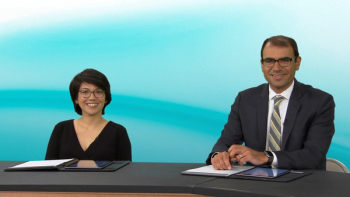
Expert oncologists focus on a final patient case of transplant-ineligible newly diagnosed multiple myeloma and reflect on the treatment armamentarium in this setting.

Your AI-Trained Oncology Knowledge Connection!


Expert oncologists focus on a final patient case of transplant-ineligible newly diagnosed multiple myeloma and reflect on the treatment armamentarium in this setting.
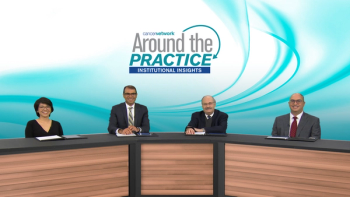
Before closing out their review of treatment for transplant-eligible multiple myeloma, panelists consider how they might adjust therapy to optimize tolerability or efficacy.

Melissa L. Johnson, MD, spoke about the design of the phase 3 POSEIDON trial how its data led to the recent approval of tremelimumab plus durvalumab and chemotherapy in patients with advanced non–small cell lung cancer.

Amrita Krishnan, MD, and Krina Patel, MD, review promising bispecific agents under investigation for multiple myeloma treatment.

Dr Krina Patel presents the case of a relatively young patient with relapsed multiple myeloma, and Dr Caitlin Costello shares her approaches to treating relapsed/refractory multiple myeloma in her clinical practice.
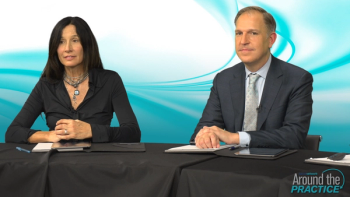
Drs Tuchman and Gasparetto present two profiles of patients with transplant-ineligible NDMM.
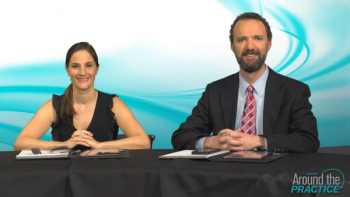
Cristina Gasparetto, MD, details how to assess treatment response and duration of treatment for transplant-eligible NDMM.
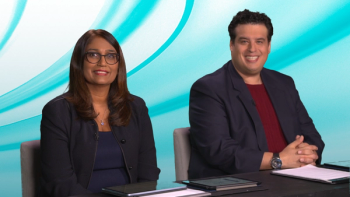
Expert hematologist-oncologists consider the role of maintenance and consolidation following the completion of transplant in patients with newly diagnosed multiple myeloma.
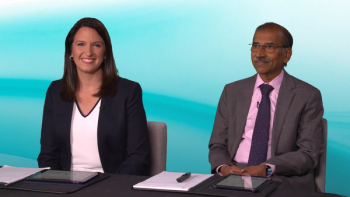
A brief review of the role of transplant in patients with newly diagnosed multiple myeloma and how it can be best coupled with systemic treatment.
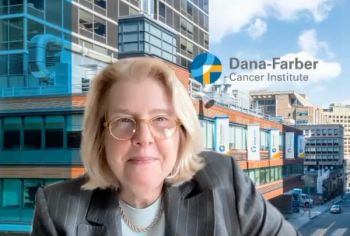
Ursula A. Matulonis, MD, indicated that acknowledgement of external targets such as FR-α could lead to success with antibody-drug conjugates in platinum-resistant ovarian cancer.

Stereotactic body radiation therapy yielded numerical improvements in terms of local control compared with conventional hypofractionated radiotherapy among patients with stage I medically inoperable non–small cell lung cancer, according to findings from the phase 3 LUSTRE trial.

Ursula A. Matulonis, MD, spoke about the phase 3 SORAYA trial and how it helped lead to the approval of mirvetuximab soravtansine in folate receptor-α–positive platinum-resistant ovarian cancer.
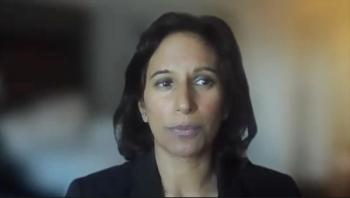
Jyoti S. Mayadev, MD, indicated that durvalumab (Imfinzi) plus chemotherapy resulted in low rates of high-grade late-onset toxicities in the phase 3 CALLA trial, which may be due in part to the quality of the technology employed during the study.
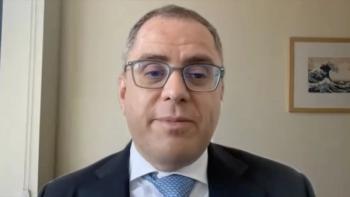
Patients with unresectable hepatocellular carcinoma who have recurrent disease following surgery or locally advanced diseases who will likely progress on local therapy may have an opportunity to benefit from tremelimumab and durvalumab following its FDA approval, according to Ghassan K. Abou-Alfa, MD.

The goal of the analysis of the phase 3 SPOTLIGHT trial was to evaluate how clinical factors impact 18F-rhPSMA-7.3 detection rates in a population of patients with suspected recurrent prostate cancer, according to Benjamin H. Lowenritt, MD, FACS.
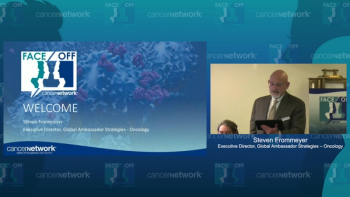
The Memorial Sloan Kettering team gets their chance to question the Dana-Farber team on the datasets they presented.
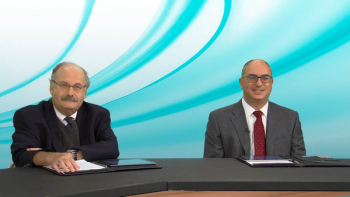
Shared insight on the optimal selection of induction therapy for patients with high-risk transplant-eligible newly diagnosed multiple myeloma.

Centering discussion on a patient case of transplant-eligible newly diagnosed multiple myeloma, expert panelists define high-risk disease and how it impacts treatment.

Closing out their review of metastatic urothelial carcinoma management, panelists share what they most look forward to in the evolving treatment landscape.

The panel explains their goals of treatment for older patients with transplant-ineligible multiple myeloma, and how they determine treatment duration.

Rafael Fonseca, MD, and Krina Patel, MD, discuss the standard treatment approaches for frail or elderly patients with transplant-ineligible multiple myeloma.

Dr Cindy Varga explains the design and results of the MASTER study presented at ASH [American Society of Hematology Annual Meeting] 2021.
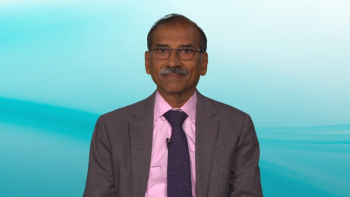
Comprehensive insight on mainstay induction therapy options for patients with transplant-eligible newly diagnosed multiple myeloma in the context of recent clinical studies.
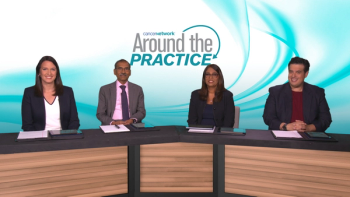
Opening their discussion on the first patient case, expert panelists review the management of transplant-eligible newly diagnosed multiple myeloma.

Data from the phase 3 LUSTRE trial indicated that stereotactic body radiotherapy is a safe and effective alternative to conventional radiation for use in patients with stage I medically-inoperable non-small lung cancer, according to an expert from Juravinski Cancer Centre in Canada.

Jyoti S. Mayadev, MD, indicated that future research for cervical cancer will be focused on combination immune checkpoint inhibitors and biomarker research.

Novel PSMA-targeting PET ligand 18F-rhPSMA-7.3 adds to the recurrent prostate cancer armamentarium, according to Benjamin H. Lowentritt, MD, FACS.

Ghassan K. Abou-Alfa, MD, discusses the importance of improving access to novel therapies and combinations for patients with hepatocellular carcinoma across the world.

Durvalumab appeared to have no impact on the ability to deliver safe and timely radiation therapy to patients with high-risk locally advanced cervical cancer, according to Jyoti S. Mayadev, MD.

Dr Caitlin Costello presents the case of a patient with transplant-ineligible multiple myeloma and sparks a conversation on the available treatment regimens.